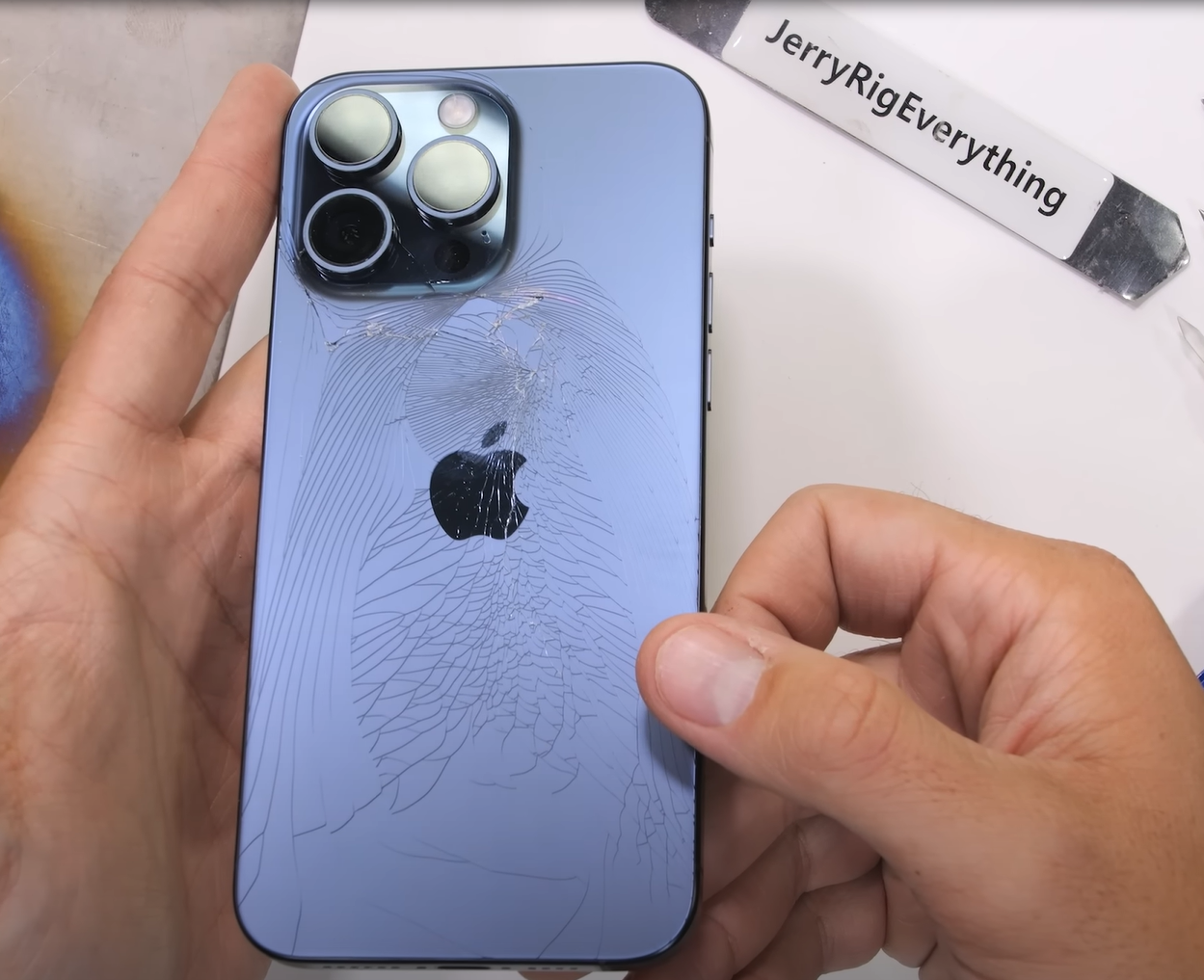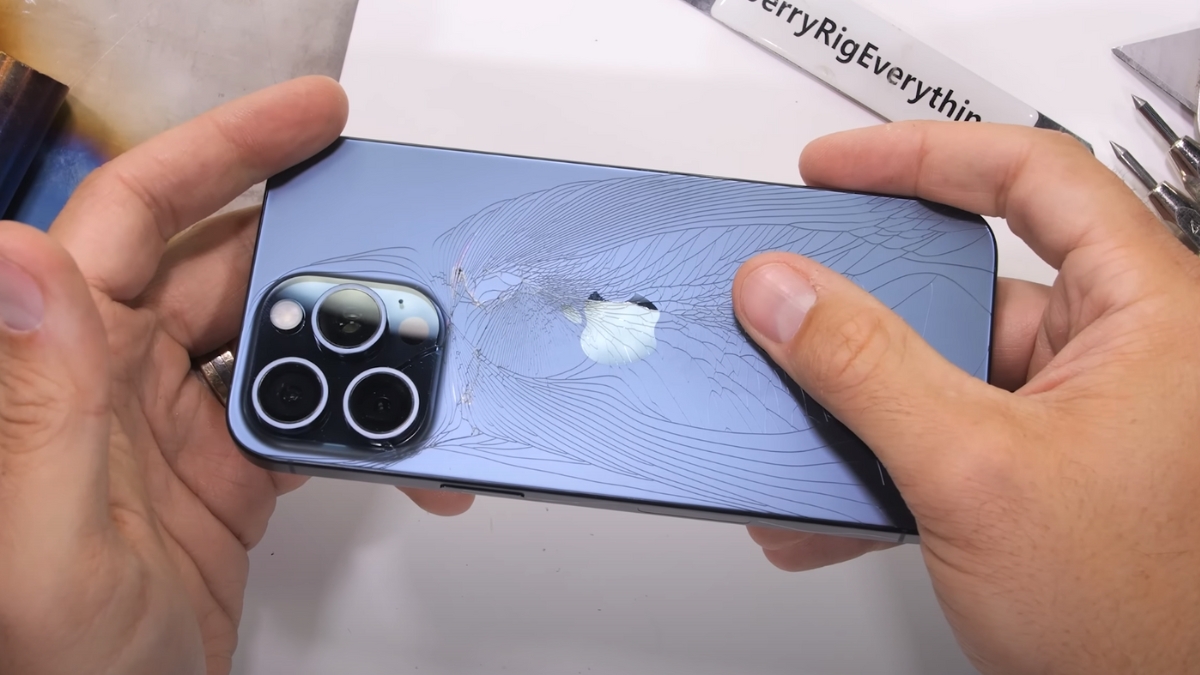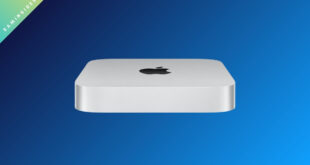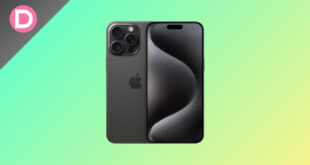Apple’s Pro Max model is their most expensive phone every year. This year, the iPhone 15 Pro Max is starting at $1199 in the US. It features a 6.7-inch Super Retina XDR display with a refresh rate of 120hz. The display has extra features like an Always on Display and a better standby mode feature than the base iPhone lineup.
To power the iPhone 15 Pro Max, there is Apple’s latest A17 Pro chipset. Apple claims it is the fastest chipset on the smartphone market. The chip comes with a brand new 6-core GPU, which provides up to 50% faster performance than the previous generation. This leap in GPU performance has also allowed Apple to port over full-scale PC and console games like Resident Evil 4 and Assasins Creed Mirage to iPhones.
In terms of cameras, the iPhone 15 Pro Max comes with an upgraded camera system. The primary sensor is a brand-new 48MP sensor. This brand-new sensor allows Apple to give the default output in 24MP instead of the 12MP output of the iPhone 14 Pro Max despite having a similar 48MP sensor. The phone also features a 12MP UItrawide lens with a 120-degree field of view and a new 12MP telephoto lens with 5X optical zoom to accompany the primary camera.
Apple claims it has a 29-hour video playback. For the build materials, Apple has opted to use aerospace-grade Titanium for the side frames. This new material is claimed to be lighter and more durable than the stainless steel frame of the previous models.
About the Titanium build of the iPhone 15 Pro Max
Apple uses Titanium Grade 5 for the iPhone 15 Pro and Pro Max. It’s theoretically highly lightweight and durable, and it’s costly. Ti-6AI-4V is strong enough for NASA to use in certain rocket parts, and that’s genuinely mind-boggling on a smartphone.
Titanium is a remarkable step up from Stainless Steel. Stainless Steel is dense and heavy, adding too much heft and weight to your phone. As a result, the 14 Pro Max was highly uncomfortable to hold in the hand. It easily left dents in your hands and was also a bit of a fingerprint magnet.
Apple moved to Titanium on the 15 Pro and Max to combat this. Titanium is a transition metal with high corrosion resistance and low density, and it’s also very resistant to high temperatures. As a result, the 15 Pro and 15 Pro Max are Apple’s lightest ever Pro models. The 15 Pro Max is lighter than last year’s smaller 14 Pro. This is remarkable since the phone is much easier to hold and more lightweight.
While the Titanium frame is excellent for durability, the frame isn’t the only smartphone component. We still have the back and front, which are made of glass. There aren’t any upgrades there.
Moreover, Apple has made a pro-repair move for the 15 series. The back glass is no longer soldered onto motherboard components, so you can easily remove the glass and replace it without having to pay unreasonable amounts of money. The price to repair broken rear glass is now much lower as a result.
Unfortunately, this change wasn’t done properly since the iPhone 15 Pro Max appears to be much worse than its predecessors in durability. This isn’t an issue with several other Android phones that use an easily repairable back glass. Since it’s Apple’s first attempt at such easy-to-remove glass, there are many durability concerns this time around.
iPhone 15 Glass cracks in seconds
Titanium has its own set of disadvantages. The frame is now much easier to scratch. While the dent resistance is better, it’s very easy to scratch. This ruins the aesthetics of the phone. We also don’t know how much the Titanium build will interfere with the iPhone 15 Pro and Max cellular reception.

Titanium isn’t completely fingerprint-free either. The White and Natural Titanium colors have good fingerprint resistance. However, the darker colors show a lot of fingerprint smudges, and it’s a really poor look.
There’s also heavy discoloration in all models except the Natural Titanium color in the Titanium frame. All colours have some issues with Quality Control, like weird scratches and dents, random discoloration, and weird antenna arrangement. Apple says that the only solution for discoloration is to wipe it off. Titanium is also much harder to color, and this first-generation implementation has many obvious problems.
Quality concerns with Titanium aside, the phone has severe durability issues with the rear glass. According to JerryRigEverything’s annual durability test, the iPhone 15 Pro Max does not fare well against even its predecessor, the 14 Pro Max. The 15 Pro Max is the first iPhone to fail this test after a very long while, and the last one was the iPhone 6.
In the test, Titanium scratches up very easily, and the back glass remains pretty resistant to scratches. The camera module and lenses also hold up fine. The front display is also durable enough, and there aren’t any real concerns so far. However, the next result is astonishing. The rear glass shatters immediately when the phone is bent by applying some pressure on the back. This was uncalled for since most phones don’t break this easily from the test, and no iPhone has broken this easily since the 6. The internals are still perfectly fine, and there aren’t any issues with the display’s functionality. It’s just the back glass that completely shattered.
The new glass on the back seems to have some compromises on the structural integrity of the iPhone 15 Pro Max. It’s still a weird result since the smaller 6.1″ Pro model didn’t break. The Pro also uses a Titanium frame and the same easy-to-repair back glass. Jerry says the back glass is much weaker since the Titanium frame has a much higher tensile strength.
Is it concerning?
For now, we’d say it’s not a very concerning problem. Only one unit of the 15 Pro Max didn’t survive the test. Effectively, the sample size of this test is just one. The durability could easily vary between units. There’s a chance that the unit tested is unfortunate, and others could fare better easily.
We have to wait for more reports and tests which test the durability thoroughly. Most normal people do not apply abnormal pressure on the rear glass, so it shouldn’t break in simple use. It won’t spontaneously shatter if you normally carry it around. Most people also use a case on their phone, negating this issue.
However, until there are more tests about this or reports from buyers, we don’t recommend handling this phone too harshly. We also don’t recommend putting this phone in your back pocket where it is prone to easy bending. Despite failing the test, it doesn’t mean the phone is horrible with durability since these tests don’t represent realistic use.
But since you’re paying an obscene amount of money, you also expect the durability that was advertised. Durability is all over the marketing material, and it shouldn’t easily break with simple pressure to the back. We hope Apple improves the durability with next year’s model since they’ll have an entire year to work on the structural integrity, especially the rear glass and the Titanium frame.



